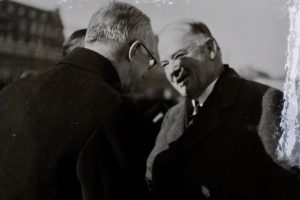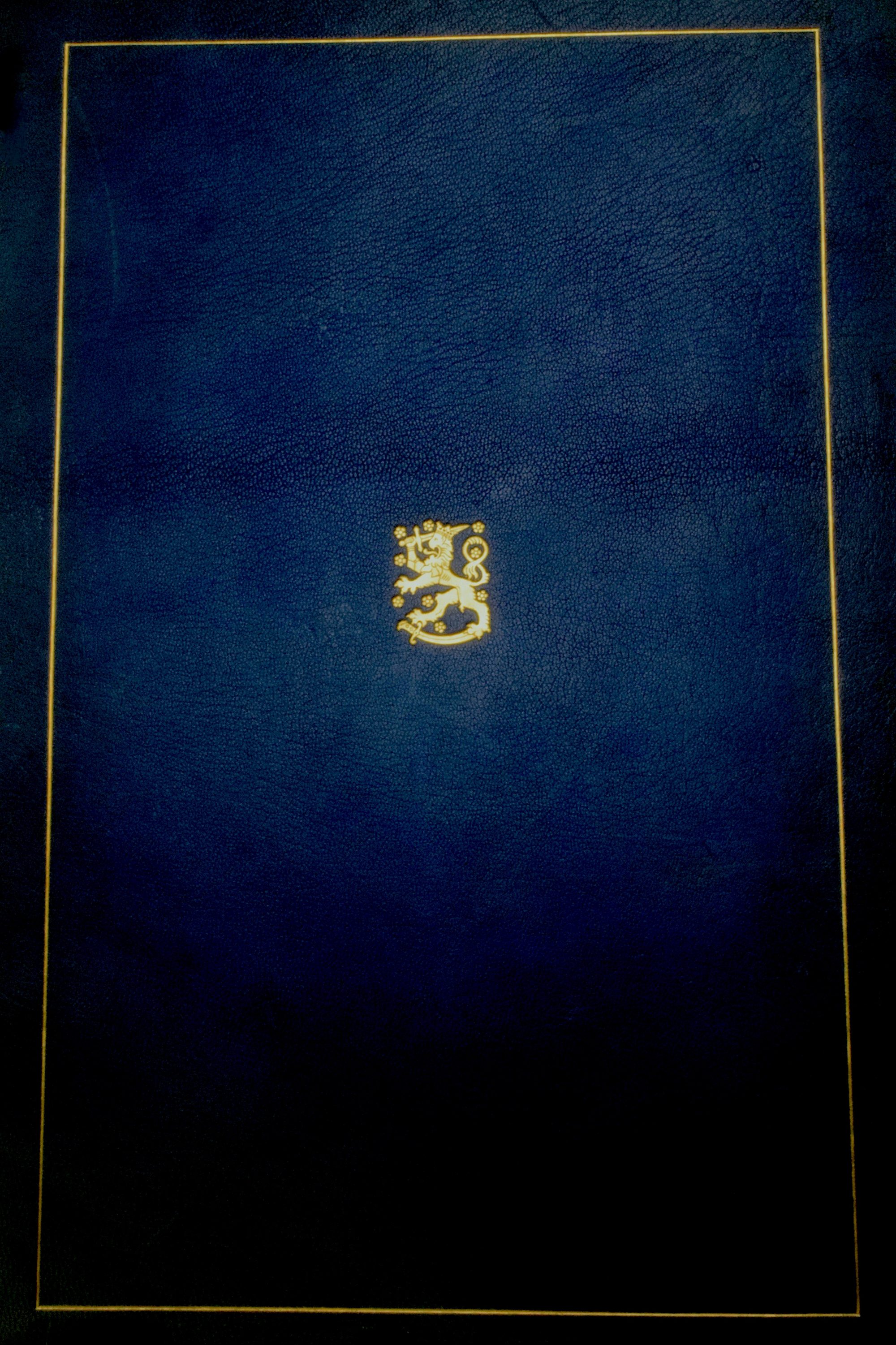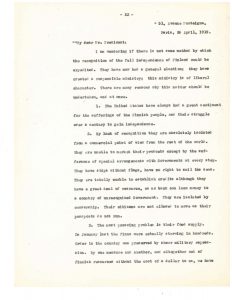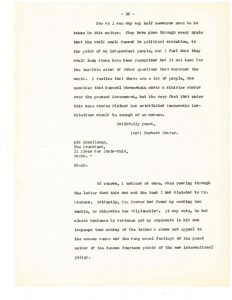When did Finland become independent? What does the only Iowan President in history have to do with it? Does this have any bearing on later Finnish and world history? In order to find out, we have to go back to the year 1918 to Rudolf Holsti, the foreign minister of Finland. Finland had been under the thumb of Russia until World War 1 caused a revolution in that country, giving Finland a chance to leave. Scrambling to be recognized as an independent nation, Holsti sprang into action.

The problem Holsti and Finland has been a British blockade on Germany that also cut off food to the small Baltic nation. That’s where Hoover stepped in by sending food aid (more information about this food aid effort can be found here). While this crisis was going on, Finland was not yet recognized as a nation by many of the powers of the world. Hoover helped with that as well, sending then President Woodrow Wilson the following message:
The United States was the second country to recognize the Finnish State after France in 1918. Due to the way in which he controlled food aid and was engaged in American politics, Hoover was called the “Food Dictator of Europe” by the Finnish government. As Rudolf Holsti said of Hoover:
“Mr. Hoover’s unique dictatorship had once more proved to be a blessing to an entire nation. Such actions as his, inspired by the loftiest moral ideas and the deepest sense of international duty, are immortal” -Rudolph Holsti, Hoover in Finland

Hoover had earned his humanitarian reputation through his work as the head of the American Relief Administration at the end of World War One. There, he coordinated relief to war-torn Europe. At the same time, he took a particular shine to the cause of Finnish independence due to his particular dislike of both Imperialism and Communism. Finnish independence rejected both the old imperialist Tzars and the communist Bolsheviks.



